
Tongli compound fertilizer bag filter is a dust removal equipment specially used for compound fertilizer production line. Its processing air volume is usually between 18,000-40,000 m³/h, which can effectively remove dust particles of 0.5-10μm. The main body of the equipment is made of 304 stainless steel, with 200-800 filter bags installed inside. The diameter of a single filter bag is 130-160mm and the length is 2-3m. Pulse jet cleaning is adopted, and the jet pressure is 0.4-0.6MPa. The dust removal efficiency can reach more than 99.9%, and the outlet dust concentration is <30mg/m³. The equipment has the characteristics of corrosion resistance and anti-condensation, and is suitable for the high humidity and strong corrosive environment in compound fertilizer production. The bottom is equipped with a screw conveyor, which can directly recycle the collected dust to the production line to improve the utilization rate of raw materials.


Efficient Compound fertilizer bag dust collector Solution
A MACHINE YOU CAN DEPEND ON!
Tongli compound fertilizer bag filter uses high temperature resistant PPS filter material, with a maximum temperature tolerance of 200℃. The pulse cleaning pressure is 0.6-0.8MPa, and the inlet wind speed is controlled at 0.8-1.2m/s. The dust removal efficiency is over 99.5%, and the outlet dust concentration is as low as 20mg/m³. The equipment is equipped with an anti-blocking material level detection device to ensure stable operation. The processing air volume can reach 30000m³/h, which is suitable for medium-sized compound fertilizer production lines
Different filter materials can be selected according to different needs to improve the filtration efficiency. The filter bag is usually composed of multiple layers of fiber material fabric. It can be made of high-efficiency materials such as cloth and fiber, and coated with special coatings to improve the filtration efficiency.
The particulate matter in the flue gas is captured by the bag filter to achieve the purpose of purifying the exhaust gas. Larger particles quickly settle to the bottom of the filter bag, and smaller particles are trapped on the surface by the filter to form a thin layer. Due to the electrostatic effect of the bag, these particles are tightly adsorbed on the surface of the filter bag to achieve efficient filtering effect.
The three-stage dust removal structure is adopted, including pre-separator, main filter chamber and post-HEPA filter. The pre-separator can remove more than 80% of large particles and reduce the load of the main filter bag. The main filter chamber uses ultra-fine fiber filter material with a filtration accuracy of 0.5μm. The final HEPA filter can intercept 99.97% of fine particles, ensuring that the outlet dust concentration is less than 10mg/m³.
| Parameter | FMBC-5000 (Small) | FMBC-10000 (Medium) | FMBC-20000 (Large) |
| Air Volume Capacity | 50,000 m³/h | 72,000 m³/h | 150,000 m³/h |
| Filter Area | 500 m² | 1,000 m² | 2,000 m² |
| Filtration Speed | 1.2 - 1.8 m/min | 1.2 - 1.8 m/min | 1.2 - 1.8 m/min |
| Inlet Dust Concentration | ≤ 80 g/m³ | ≤ 100 g/m³ | ≤ 120 g/m³ |
| Outlet Dust Concentration | ≤ 20 mg/m³ | ≤ 10 mg/m³ | ≤ 5 mg/m³ |
| Filtration Precision | 1 μm | 0.5 μm | 0.3 μm |
| Filter Bag Material | Polyester Fiber | Polyester Fiber (Coated) | PTFE-Coated Polyester Fiber |
| Number of Filter Bags | 200 pcs | 400 pcs | 800 pcs |
| Filter Bag Dimensions | Φ130 mm × 2500 mm | Φ130 mm × 3000 mm | Φ130 mm × 3500 mm |
| Operating Temperature | -10°C ~ 120°C | -20°C ~ 130°C | -30°C ~ 150°C |
| Pressure Drop | 800 - 1300 Pa | 800 - 1500 Pa | 1000 - 1800 Pa |
| Cleaning Method | Pulse Jet | Pulse Jet | Pulse Jet |
| Pulse Pressure | 0.3 - 0.5 MPa | 0.4 - 0.6 MPa | 0.5 - 0.7 MPa |
| Casing Material | Carbon Steel, 3mm Thickness | 316L Stainless Steel, 4mm Thickness | Duplex Stainless Steel, 5mm Thickness |
| Equipment Dimensions (L×W×H) | 6000×2500×5000 mm | 8000×3000×6000 mm | 12000×4000×8000 mm |
| Equipment Weight | Approx. 8,000 kg | Approx. 15,000 kg | Approx. 30,000 kg |
| Fan Power | 55 kW | 110 kW | 220 kW |
| Control System | PLC Automatic Control | PLC Automatic Control | PLC Automatic Control + Remote Monitoring |
| Explosion-Proof Rating | ExdIIBT4 | ExdIIBT4 | ExdIICT4 |
| Noise Level | ≤ 80 dB(A) | ≤ 85 dB(A) | ≤ 90 dB(A) |
QUALITY NEVER GOES OUT OF STYLE
A compound fertilizer baghouse dust collector is a specialized dust removal device used in the production of compound fertilizers. It is mainly used to capture and filter dust particles generated during production, improving the working environment and reducing environmental pollution.
This dust collector typically consists of an air intake system, a filtration chamber, a cleaning system, an ash hopper, and an exhaust system. It can efficiently handle high concentrations of sticky dust produced during the fertilizer production process.
The filtration efficiency generally reaches over 99.9%, and the outlet dust concentration can be controlled below 20 mg/m³, meeting strict environmental standards.
The main technical parameters of a compound fertilizer baghouse dust collector include:
Air volume: typically between 50,000-200,000 m³/h
Filtration area: 500-2,000 m²
Filtration speed: usually controlled at 0.8-1.2 m/min
Inlet dust concentration: ≤100 g/m³
Outlet dust concentration: ≤20 mg/m³
Filtration precision: up to 1 μm
Pressure loss: 800-1500 Pa
Operating temperature range: -10°C to 120°C
These parameters may vary slightly depending on the specific model and manufacturer. The selection should be based on actual needs and working conditions.
There are three main types of cleaning systems for the compound fertilizer baghouse dust collector:
Pulse jet cleaning: The most common, it uses compressed air to create a high-pressure pulse for efficient cleaning. It is energy-efficient and suitable for large dust collectors.
Reverse air cleaning: This system uses clean air to blow dust off the filter bags from the opposite direction. Although the cleaning is uniform, it consumes more energy.
Mechanical shaking cleaning: This system relies on mechanical vibrations to shake off the dust, with a simple structure but lower cleaning effectiveness, making it unsuitable for fine dust.
For the compound fertilizer industry, where dust is highly adhesive and concentrated, pulse jet cleaning is typically used. It provides excellent cleaning performance, allows for online cleaning without interrupting production, and is energy-efficient with low operating costs.
The filtration efficiency of the compound fertilizer baghouse dust collector typically exceeds 99.9%, and the outlet dust concentration can be controlled below 20 mg/m³. Several factors influence the filtration efficiency:
Filter material selection: Different materials and structures of the filter media have varying levels of filtration efficiency.
Filtration speed: Usually controlled at 0.8-1.2 m/min, as higher speeds can reduce efficiency.
Dust characteristics: Particle size distribution, stickiness, and other properties affect filtration performance.
Additional factors include the cleaning system’s effectiveness, installation quality of the filter bags, and operating time. Improper cleaning may cause secondary dust release, while poor sealing during installation can lead to dust leakage. Over time, the performance of filter bags may degrade, requiring proper maintenance to ensure optimal performance.
The installation of a compound fertilizer baghouse dust collector requires consideration of the following:
Proximity to the dust source to reduce the length of the transport pipes.
Accessibility for maintenance and repair, with adequate operational space reserved.
Fan noise should be considered, placing the collector away from office areas if possible.
Other key factors include ensuring the foundation is solid enough to support the equipment's weight, ease of dust transport and collection, and avoiding areas prone to water accumulation to prevent moisture damage.
Explosion-proof requirements should be observed, keeping the equipment away from open flames. Adequate space should be reserved for airflow, and proper coordination with other equipment is necessary. The installation must also comply with local safety and environmental regulations.
Maintenance of the compound fertilizer baghouse dust collector is crucial to ensuring its long-term and stable operation. First, regular inspections of the filter bags for wear, particularly in areas exposed to dust, are essential. Damaged or worn-out filter bags should be replaced promptly to maintain dust collection efficiency. Additionally, it is important to regularly check the cleaning system, whether it's a pulse jet or another method, to ensure proper operation and effective cleaning to prevent dust buildup, which could impact the equipment’s performance.
Another key aspect of maintenance is ensuring the equipment’s sealing integrity. Poor sealing can result in dust leakage, which not only reduces the efficiency of dust collection but can also lead to secondary environmental pollution. Routine inspections and replacements of sealing components are necessary to prevent this.
Finally, regular checks of the electrical and control systems, particularly the PLC system, should be conducted to ensure smooth operation. For collectors equipped with remote monitoring, it is essential to verify proper communication and continuously monitor the equipment’s status in real time to avoid production disruptions due to system failures.
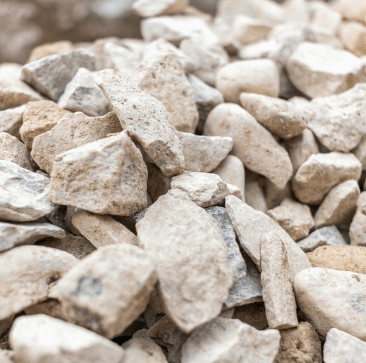
Effectively captures fine dust and particles from hot air dryers, ensuring clean emissions during the drying process.

Filters particulate matter and fine dust from granulation systems, improving air quality and reducing environmental impact.
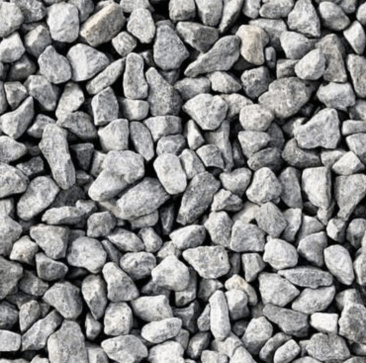
Removes dust and contaminants from cooler exhaust, ensuring compliance with emission standards in cooling operations.
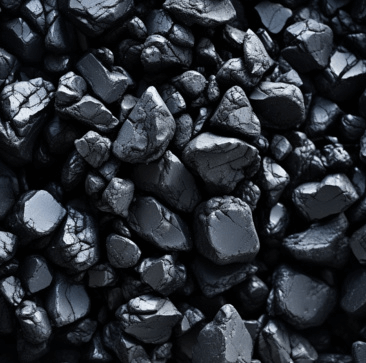
Captures fine cement dust and harmful particles from kiln exhaust gases during cement production.
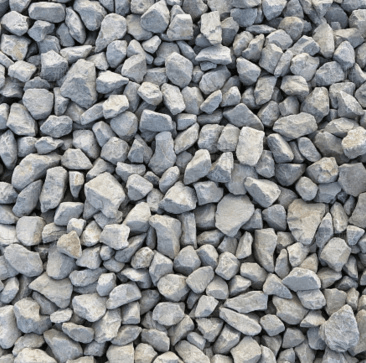
Filters coal dust and fine particulates from coal mill systems, ensuring safe and clean operation in power plants.

Removes soot, ash, and unburnt particles from exhaust gases generated in industrial furnaces.
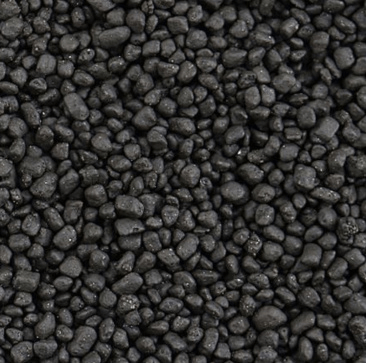
Filters ash and fine particles from biomass combustion processes, ensuring cleaner emissions and safer operation.
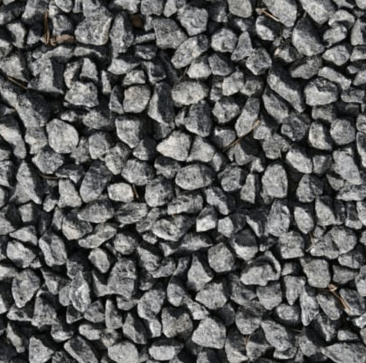
Captures hazardous particles and dust from chemical processes, maintaining a safe and environmentally friendly operation.
You can get in touch with us through the following contact information
AddressNo. 2289 Huancheng South Road, Tongxiang, Jiaxing, Zhejiang Province, China. Zip code:314500
Please fill in the sales inquiry form and our sales representatives will be in touch shortly.